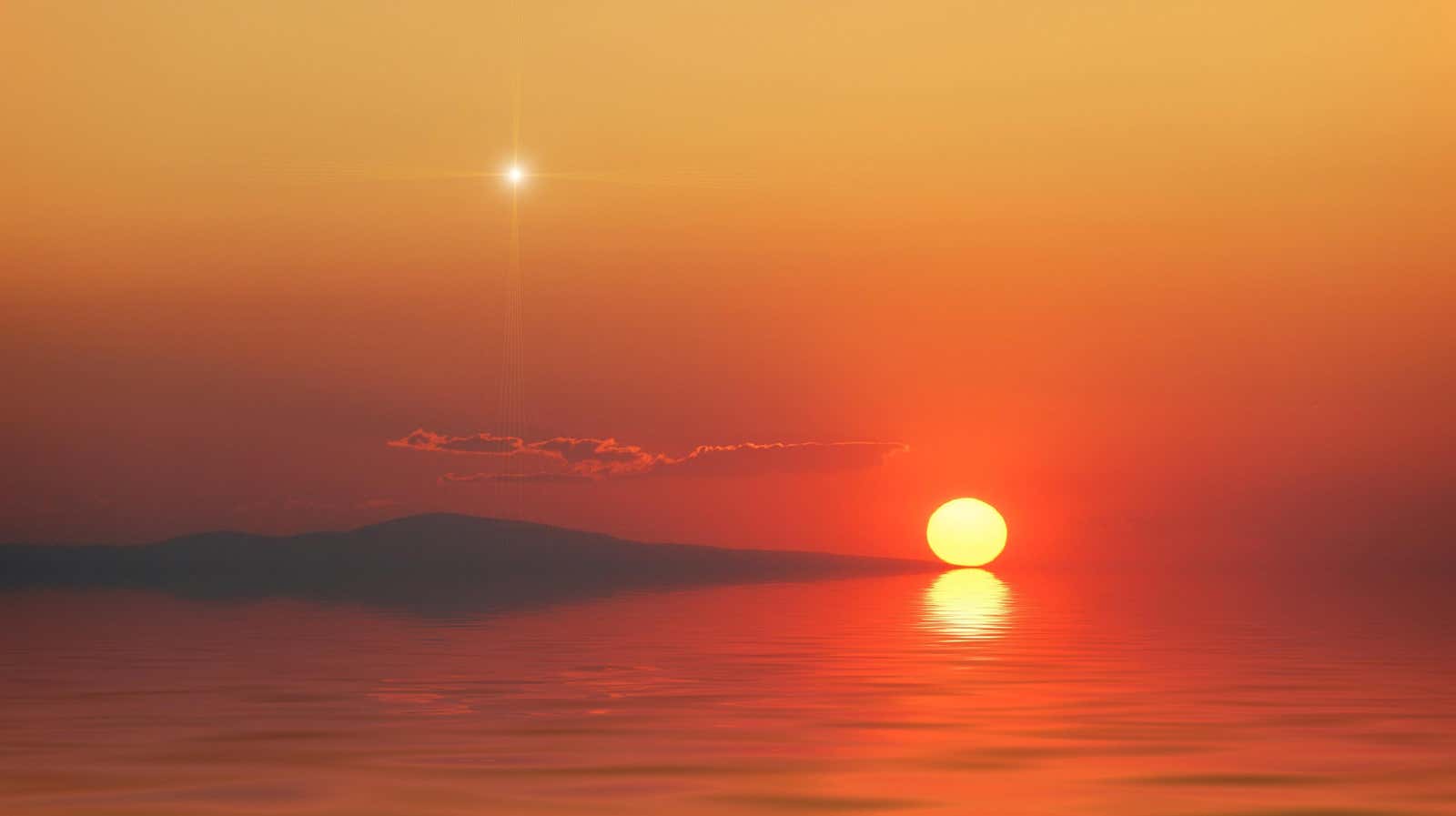Difference Between “Morning Star” and “Evening Star” (Because It’s Not What You Think).”

If you’ve ever heard someone mention the morning(s) and evening(s) star(s) and didn’t know what they meant, here’s what’s really going on up there in heaven. First, the titles are misleading. “Morning star” and “evening star” originally referred to the same celestial object, and it’s not a star at all. This is Venus, the third brightest object in the sky after the Sun and Moon.
Venus always appears to be close to the Sun, but because of its orbit, it sometimes appears to lead the sun and sometimes follow it. When Venus follows the sun, it appears in the sky just after sunset. It was then that she was called the “evening star”. When he “leads” the sun, he seems to rise at dawn, just before sunrise. That’s when it’s called “morning star”.
Ancient astrologers made a huge mistake
The astrologers of the Egyptians, Mayans, Greeks and other peoples understandably considered Venus to be two separate stars. They thought the same about Mercury, which is also relatively close to the Sun. Around the 5th century BC, Pythagoras outlined the objects as two separate planets, but it wasn’t until 1543 that Copernicus settled things by discovering that the Earth was also a planet, and all the planets revolved around the Sun.
Of “wandering stars” and whether they are “morning” or “evening” stars
Since Venus is not the only planet we can see in the sky without a telescope, we now refer to the “morning stars ” as Venus, Mercury, Mars, Jupiter, Saturn and sometimes Uranus (if it’s very dark and you have good eyesight). They used to be called “wandering stars”.
It is usually easy to determine whether Venus and Mercury (also known as the “inferior planets”) are considered morning or evening stars; this is determined by how they look in relation to the sun. But with other, “higher” planets, things are a little more complicated and may include morning stars that become visible immediately after sunset, and vice versa. Here’s how Space.com describes it:
To distinguish between what qualifies as a “morning star” and an “evening star”, we would say that during the period of time from the moment a planet moves from the point of conjunction with the Sun until the day before its opposition (when it is directly opposite sun in the sky) is considered the “morning star”. In opposition, the superior planet in question rises when the sun sets and sets when the sun rises. Since then, it has been called the “evening star”, rising or already in the sky at the end of the day.
Did you miss the transit of Venus? Very bad for you.
Sometimes Venus appears to be passing in front of the sun and blocking some of the sunlight, like a small eclipse. On average , this transit occurs every 80 years , but more precisely, it is a “pair of pairs” pattern that repeats every 243 years. So if you caught a Venus transit on June 8, 2004, you might get a rerun in June 2012. If you missed it, you’ll have to wait until 2117. Sorry.